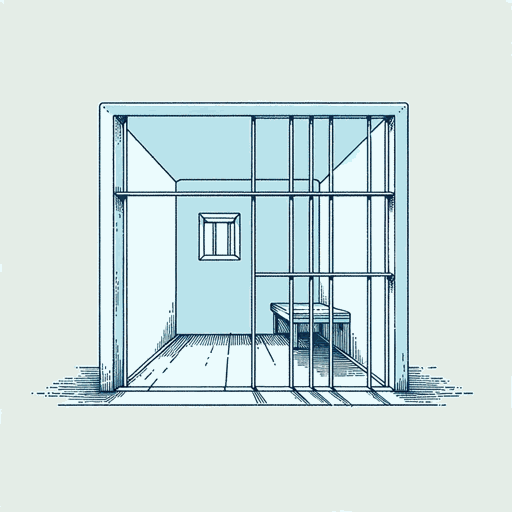47 pages • 1 hour read
Arthur KoestlerDarkness at Noon
Fiction | Novel | Adult | Published in 1940A modern alternative to SparkNotes and CliffsNotes, SuperSummary offers high-quality Study Guides with detailed chapter summaries and analysis of major themes, characters, and more.
Part Two, Chapters 4-5Chapter Summaries & Analyses
Part Two: The Second Hearing
Chapters 4-5 Summary
Chapter 4 introduces a new figure, Rubashov’s neighbor on the other side, No. 406, who repeatedly taps out “ARIE, YE WRETCHED OF THE EARTH” (122) or other gibberish on Rubashov’s wall. He makes the same spelling mistake every time, tapping “ARIE” instead of “ARISE” (122). This stands in contrast to Rubashov’s “sort of friendship” (123) with No. 402, who is a source of bland anecdotes and useful information. He tells Rubashov that No. 406 is “RIP VAN WINKLE” (125), because he spent twenty years in solitary confinement in a “south-eastern country” (125) in Europe after being arrested for participating in a revolution there. Upon his release, he traveled to “the land of his dreams” (125), where the revolution originated, and quickly finds himself in the same situation as the majority of the older generation of the Revolution—like Rubashov himself. Rubashov’s “grammatical fiction” emerges in response to the story of Rip Van Winkle, and he feels a “vague uneasiness” which he translates as guilt and responsibility for Rip Van Winkle’s current state.
Rubashov is later taken to be shaved. The barber slips him a small piece of paper upon which is written, “Die in silence” (127). This provokes another round of reflection for Rubashov, this time on the subject of whether “the revolutionary” should at any point “keep silent” (128).


